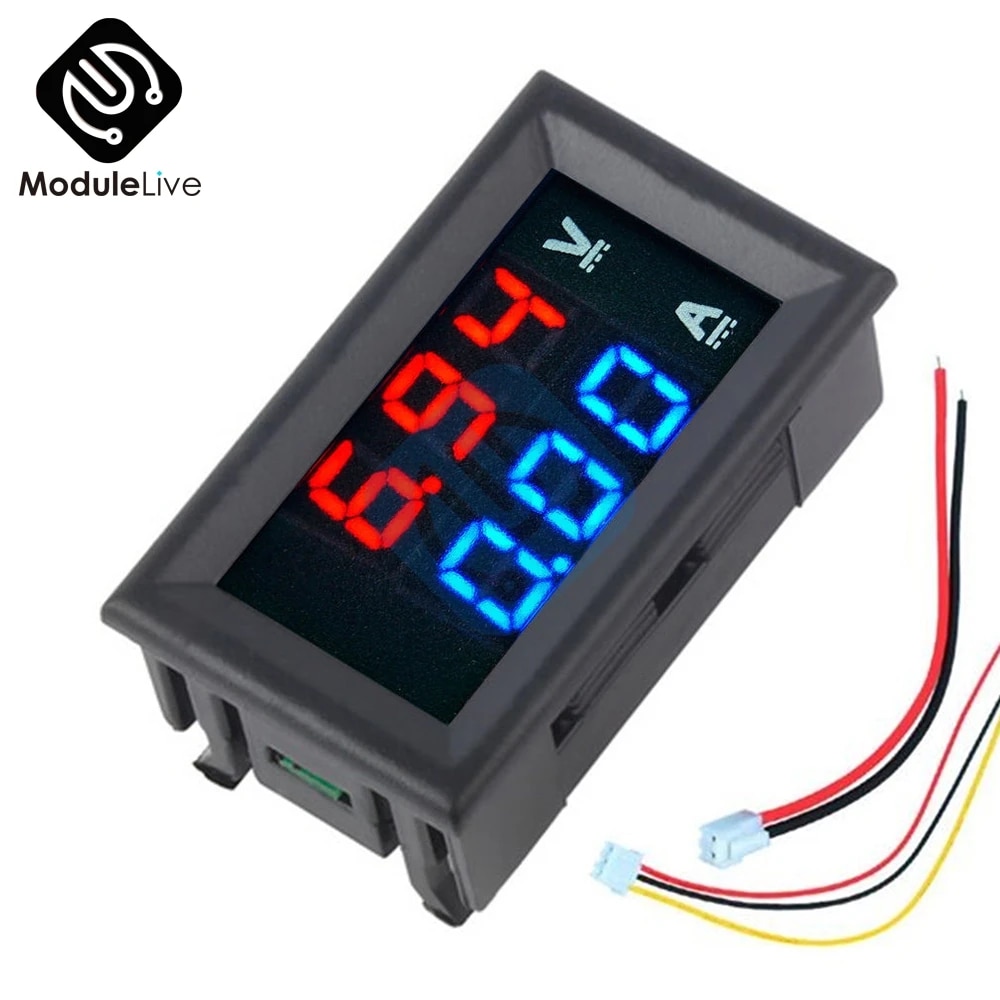HEAD said:
1.the voltage was above 84v 2. the charging current should drop drastically near the end,
Generally, yes...but if the battery has a problem, where internal resistance is high on some cells, their voltage will increase more than normal under the high current, and cause the pack voltage to appear higher than it actually is. Depending on charger design, and unloaded charger voltage (what voltage does it reach when not plugged into a battery?), it may be able to keep going up in voltage to maintain "full" current under those conditions.
Keep in mind that 84.3v over 20 cells is only 4.215v per cell, if they are balanced. Unlikley to be dangerous for 4.2v cells, even if it's not healthy for their lifespan to stay there. The BMS, if working, would reduce that in reasonable amount of time, to whatever it's max balancer voltage is.
If they are *not* balanced, then some cells may be much higher than that, if the BMS is not doing what it is supposed to and shutting off as needed to prevent overcharge.
No way to know without opening up the battery to check voltages both static (just sitting there) and during charge.
I think that the battery may start to balance itself, last time it only did 82v, now 83v and probably more had I not stopped it, thanks for the advice, is it considered safe to leave it connected to a charger for such a long period of time, or maybe you mean extra few hours after each charge accumulated in the long run to many hours?
That depends on what is wrong with the battery that's causing the issue. If it's a bunch of groups with small voltage differences causing the imbalance, it's generally safe to just leave it on the charger until it is fixed. (assuming the BMS is working correclty and shutting off charge as needed to prevent overcharge of cells).
If something is seriously wrong in there (like groups at 2v and groups at 5v, etc) and the BMS is not doing the job it should, then even charging the battery at all, or discharging it, could result in a fire (you wouldn't even need to leave it on for balancing).
Most likely there is nothing wrong other than many groups just being different by a small amount (typical unbalanced pack), but there is no way to know without opening up the battery to check voltages both static (just sitting there) and during charge.
I wish my BMS had bluetooth, right now the pack is sealed and I prefer not to open it without being able to seal it back
It's your call. There's no way to know what's going on or for us to give any calls about safety without knowing what is happening inside the pack.




